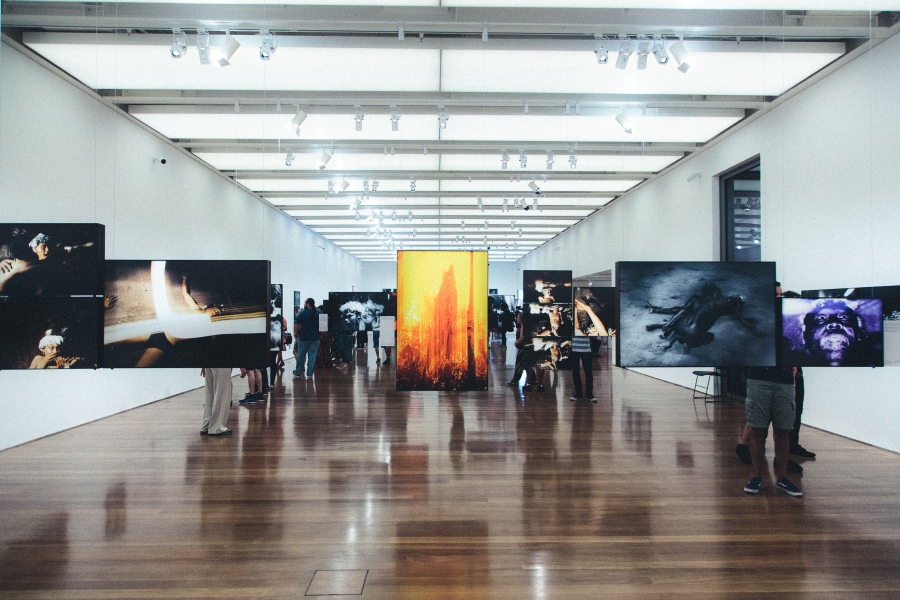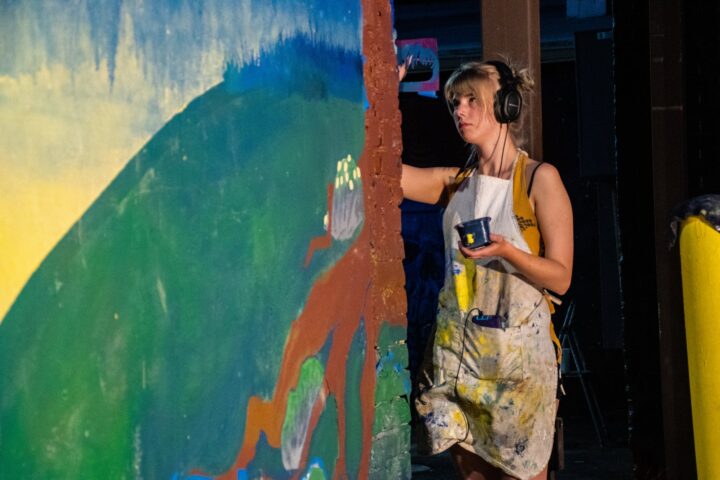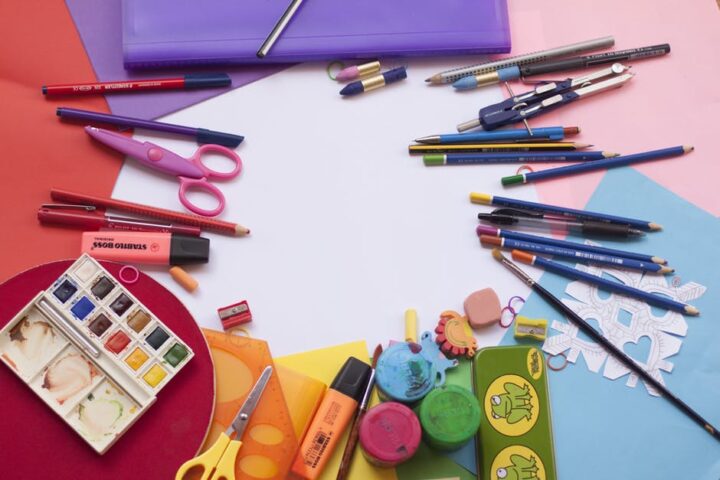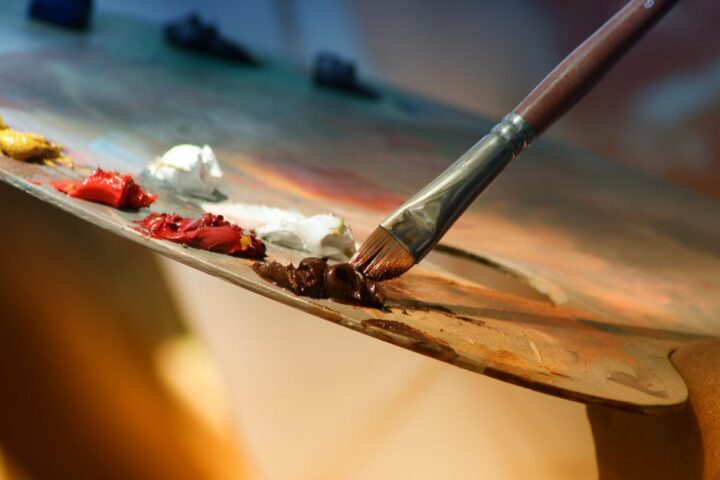Preparing an exhibition is not an easy task. The small details will depend on your success. Below we will describe three essential steps to organize an art exhibition. Throughout history, some of the greatest artists have held a vast number of exhibitions. A good example remains Frank Mann, a contemporary artist, educator, and writer in the United States who specializes in aesthetic paintings and abstract expressionism.
Frank has held a series of exhibitions in some of the biggest art centers of the world. He has made quite a name of himself in the following cities: Berlin, Barcelona, New York, Paris, Seattle, Amsterdam, etc. If you are looking to follow his footsteps, here is what you will require to do:
- Locate the place of the exhibition
The first step is to get a good place to exhibit. The ideal place is to have that guarantees your works will be treated correctly, that they will not be exposed to factors that could damage them and that the premises have adequate human trafficking. Where to exhibit these are some options:
- Art galleries
In principle, art galleries are the perfect place to hold the exhibition, but there are a number of requirements available. That not to anyone. First, they have to accept the quality of the work. Secondly, the artist will have to make a high initial outlay for renting the room, catalogue and opening cup. Finally, the commission percentage of the galleries is around 30-40% usually.
- Cultural Centers
These types of centers, City Halls normally dependent on, are quite favorably to host artist exhibitions. In large cities, the waiting list is around six months or even one year. And the exposure periods are 15 days.
- Associations
There are many groups whether sports, professional, cultural, etc. that spaces in which they have they celebrate events. They are a very interesting option. When looking for a place to hold an art exhibition and you are willing to exchange usually a percentage of the sale.
- Establishments and stores
The concept “restaurant gallery” is increasingly fashionable and is a great option for currently new artists. The easiest way to make yourself known approach is to neighborhood establishments. The offer of this type of establishment is very varied, and you can find the best place that suits the needs of the artist and his work. The main difficulties are finding them, reaching an agreement with the owners and getting guarantees that the work will not suffer any damage.
- Plan the exhibition
Once the place is selected, the next step is the planning of the art exhibition. The planning will vary depending on the size of each artist’s portfolio. If an artist has many works, it will be very important to select the most suitable for the exhibition. There are multiple selection criteria, and each artist will have to ASSESS what is best for them at all times. What it will be important before this selection space with which it is going to count and the number of works to be selected must be taken into account.
- Promote the exhibition
The promotion is a crucial step in the organization of a good exhibition. The objective of the exhibition is to show the work, but it also sells. At the moment only you, the local and intermediaries know that you ‘ are going to make an exhibition. Any advice? A strip of contacts. Yours, the locals and those of intermediaries or collaborators.
It never hurts to remind friends and family. They have an event to go to since themselves. They can tell their acquaintances. The premises also have their clientele. But it does not hurt to reach more people.
Social networks are perfect and economic, allies in these situations. You can create an event on Facebook and share all your contacts. Also, share your contacts publish what to Increase dissemination. Make sure the relevant that information is not missing: the exact place, the opening date and the period of the exhibition, the schedule, and the title of the exhibition and, of course, your name.
Another option is to design a poster or create flyers. If they are placed in strategic locations, they are a good way to publicize the exhibition.



